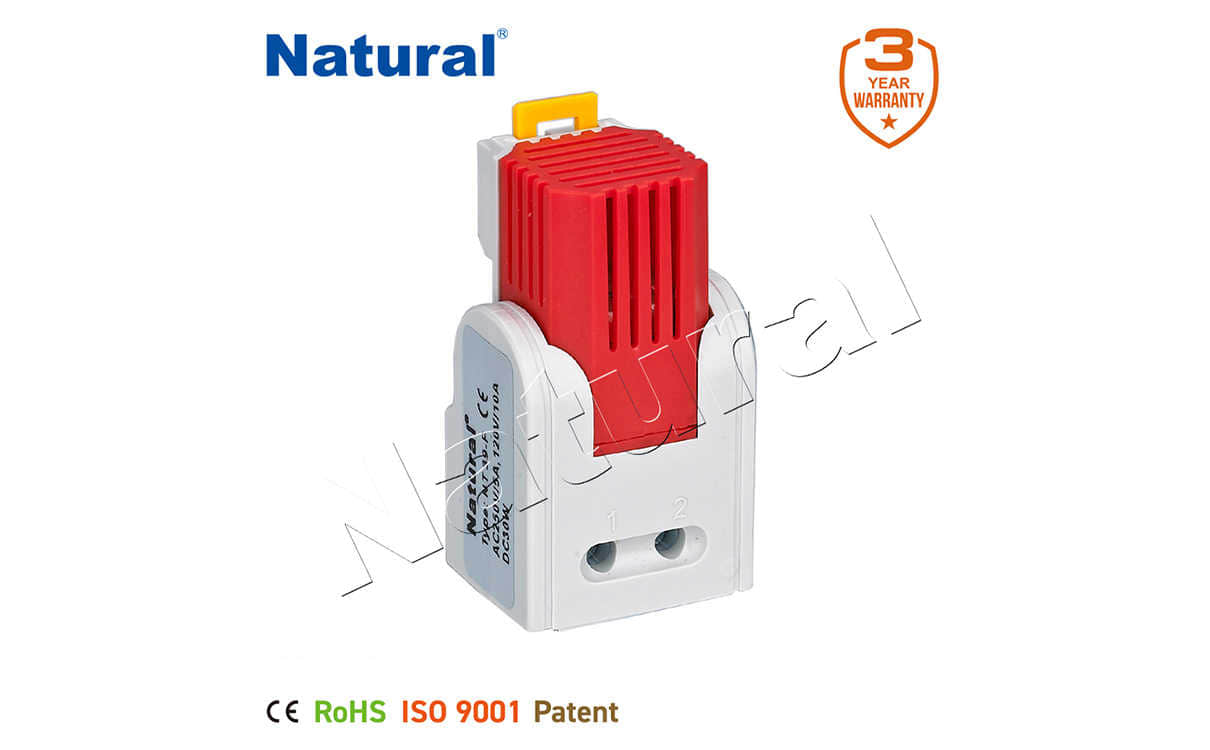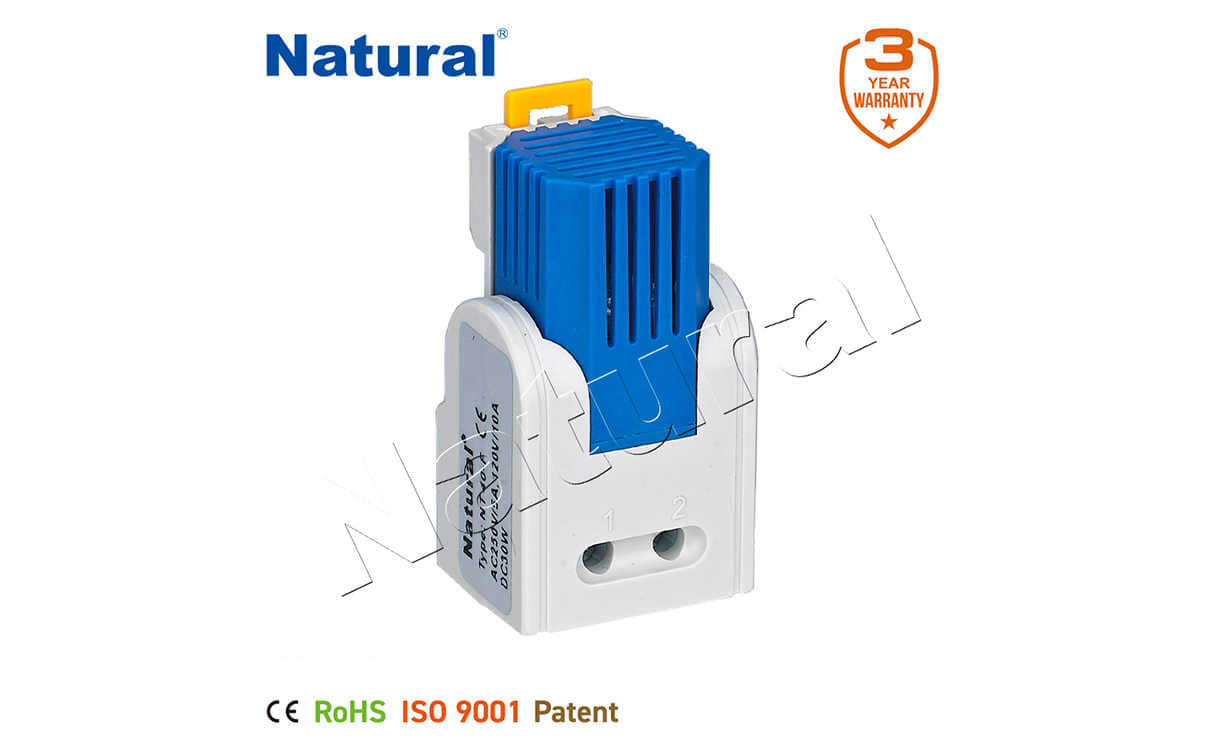 28 items Patent
28 items Patent
 28 items Patent
28 items Patent
 28 items Patent
28 items Patent

A differential thermostat is a device used to control temperature by comparing two temperature values and triggering an action based on their difference. This technology is not only essential in various engineering and industrial applications but also plays a role in nature, offering an innovative way to mimic natural temperature regulation. By understanding the principles behind the differential thermostat, we can explore its applications in a variety of fields, ranging from home heating systems to energy-efficient designs that closely align with natural processes.

The core function of a differential thermostat is straightforward: it monitors two temperatures, compares them, and activates a mechanism when the difference exceeds a preset threshold. For instance, in a solar water heating system, a differential thermostat might monitor the temperature of water in a solar collector and the temperature of water in a storage tank. When the collector's temperature is higher than that of the storage tank by a specified amount, the thermostat will activate a pump to circulate the hot water. This ensures that the system only uses energy when it is most efficient, optimizing the collection of solar energy.

